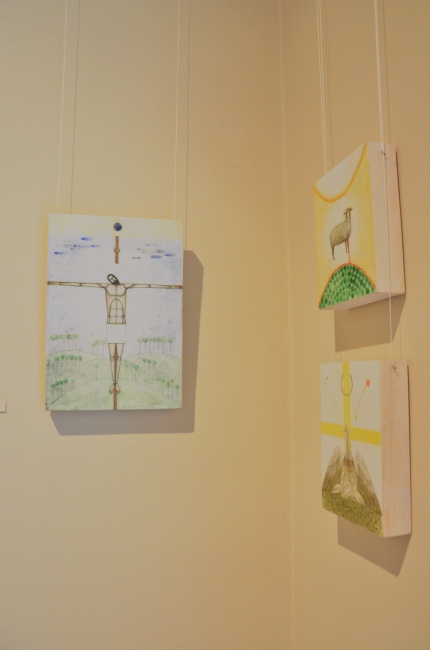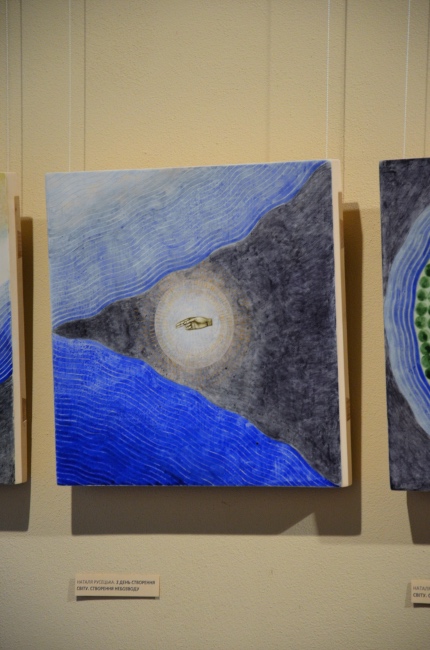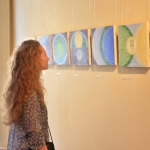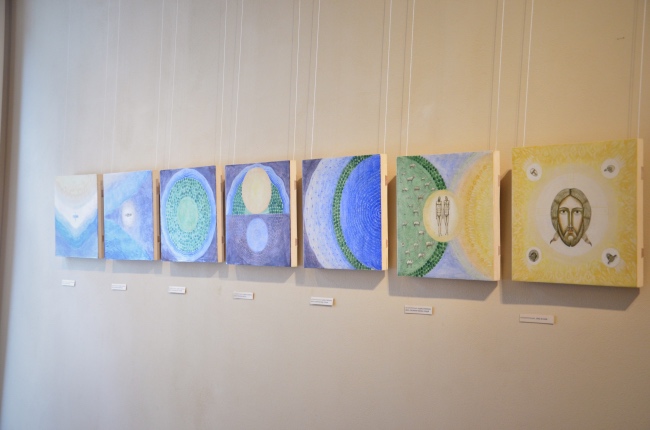
The artworks of Natalya Rusetska are known for their absolute simplicity of forms and sophistication of the color gamut. While working on the traditional plots of Christian art, the artist manages to distinguish herself from the traditional iconography and create her own interpretation of each particular theme.
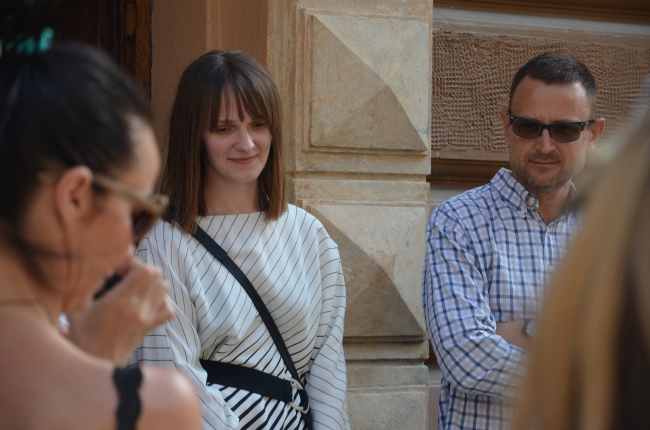
The elements of Byzantine iconography in the artworks of Natalya Rusetska are approximated to ascetic symbols. Without any additional décor or details, the artworks are represented as abstract symbols or archaic signs, which make viewers build their own interpretations of the artworks. In such way, the artist rethinks traditional iconography and transforms it into a new personal visual environment.
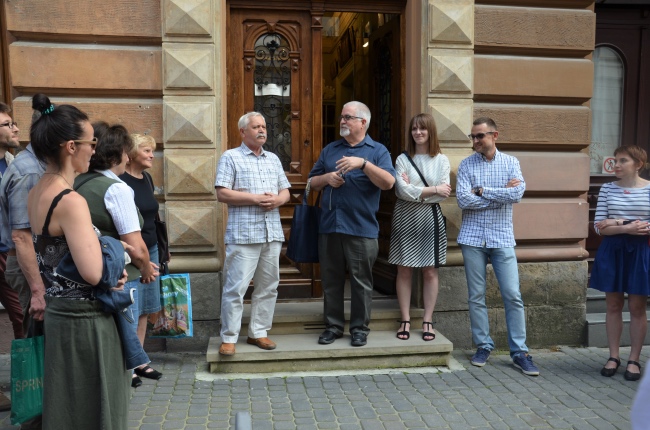
For viewers who are unfamiliar with the sacred art, the artworks of Natalya Rusetska may seem as an interpretation of the abstract forms close to the geometric visual language of Malevich or Mondrian. Such development of an artist is close to the one of Yuriy Novosilskyi, who transposed the experience of iconography into abstract painting. Natalya Rusetska does not cease her work in the subject painting, but gradually and confidently approaches towards painting with no subject. Such research of the two extremes of the sacred painting makes her artworks unique and special.
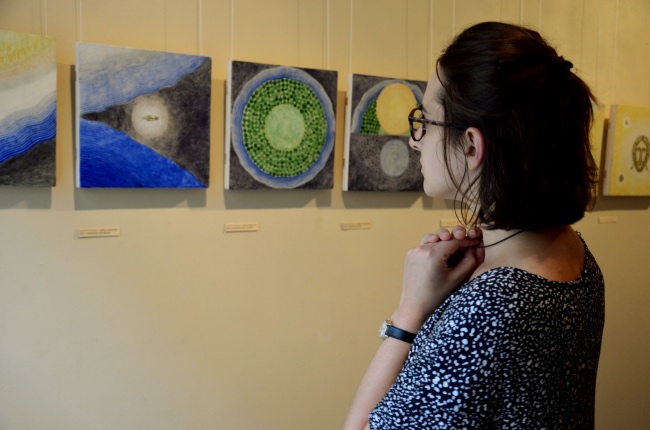
Such themes as the creation of the world and crucifixion emerge in monumental forms of church paintings or icons. Natalya Rusetska brings these themes into a relatively small format of chamber representation. The change of size may also signify the change of the audience, which the artwork was targeted. In this context, small, almost miniature artworks are perceived more as individual pieces rather than majestic paintings in churches. Artworks of Natalya Rusetska bring the well-known themes to an individual level. Hence, the Love of God is not spoken at a massive gathering, but discuss it in a quiet and intimate conversation. That is why the exposition is called ‘Agape’ – the Love of God (contrary to the human love – ‘eros’ and ‘philia’). In the Greek translation of the Holy Scripture, (‘The Septuagint’), this world appears in the description of the art of creation. Also, while describing the last dinner evangelists call it ‘agape’, emphasizing that this event signified the act of love. This particular meaning influenced by the use of the term ‘agape’ for describing early Christian worships.
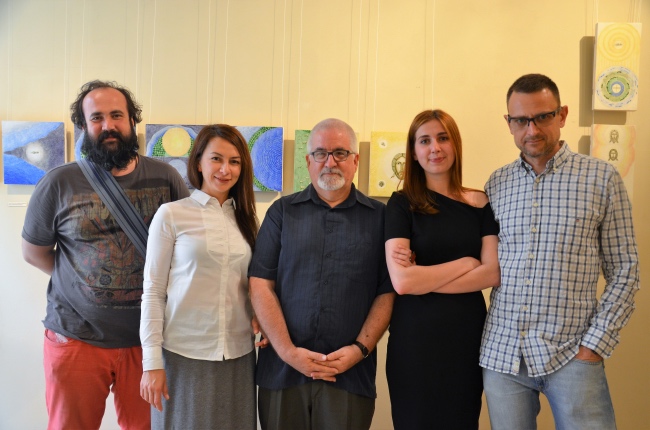
While naming the exposition ‘Agape’, Natalya emphasizes on the Revelation of God as an integral act of love which the artists dare to represent in her own artworks. Having united artworks dedicated to The Creation of the World and Christ Passion within the framework of a small exposition, Natalya Rusetska demonstrates her vision to the history of salvation. The exposition of artworks of Natalya Rusetska reminds us that an artist becomes a theologian, someone who opens the Love of God on a different, new and potentially on an unexpected level, having dared to dive into the space of the sacred art and despite own will.

